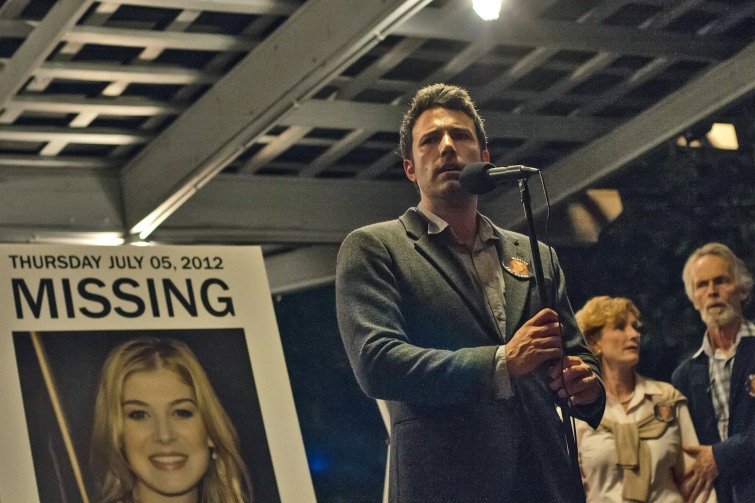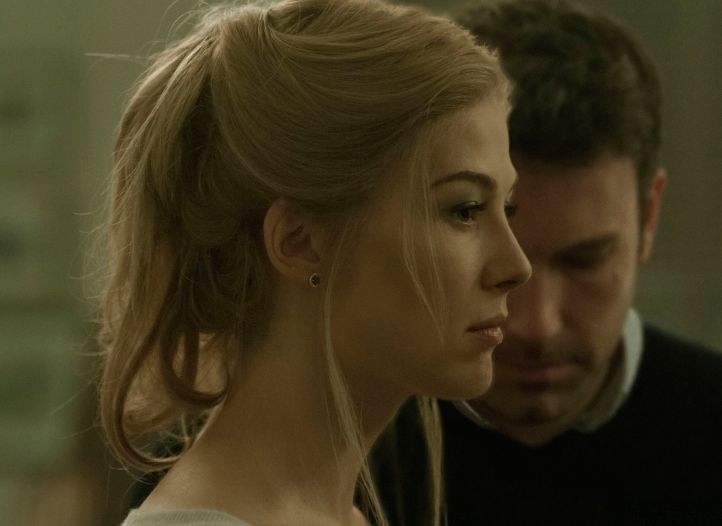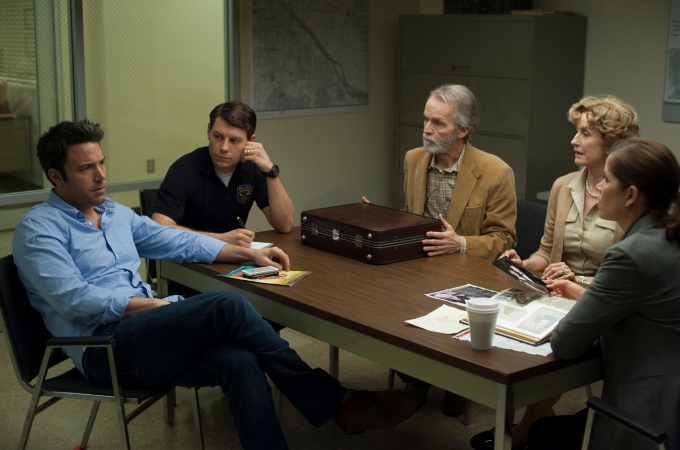David Fincher has done it again. His previous films, such as Fight Club, Zodiac, The Social Network, and The Girl with the Dragon Tattoo proved to be his greatest hits, but his newest film, Gone Girl, has clearly outdone itself. With his ever-so-crisp cinematography and vivid story-telling, Gone Girl is an intriguing and memorable film that will have the audience on the edge of their seats. Although David Fincher did a phenomenal job of portraying the story to the big screens, Gillian Flynn definitely deserves credit for the success of this film. Being an author of two other bestselling books, Dark Places and Sharp Objects, Flynn is no amateur when it comes to writing. What makes the novel, Gone Girl, so unique is that it explores the different perspectives of the two main characters throughout the book, which made the film adaptation all the more fascinating. Last but not least, the actors, Rosamund Pike and Ben Affleck, definitely gave the best performances in their entire careers. The cast and crew were the building-blocks to this film, however, the story and the messages that it was able to convey were the heart of Gone Girl.
Gone Girl focuses on an ordinary married couple, Nick and Amy Dunne, who live in a small town in Missouri and were recently about to celebrate their five year anniversary. When Nick goes home to see his wife, he notices that she is gone and later calls the police, who confirm it to be a disappearance. As the search for Amy Dunne continues throughout the movie, the audience learns about how Nick and Amy weren’t actually the perfect couple that everyone thought they were; Nick was cheating on Amy with one of his students and Nick hit Amy on one occasion. The Dunne’s also struggle financially and the two seem to grow distant from each other because of the fake identity they presented to one another the first time they met. As the proof of Nick’s affair made its way into the media and his calm demeanor towards his wife’s disappearance made a bad impression, the public starts to ask the question, “Did Nick Dunne murder his wife?”
Although the film contained beautiful cinematography and a story that will have a lasting impression on just about anyone, the subtext related to media perception is what makes this movie distinct compared to its competitors in 2014. With the movie’s other subtexts touching on the ideas of marriage and gender roles, the topic of media perception was an interesting factor in telling the Dunne’s story in a different perspective.
What is the subtext?
 The subtext of the film is about how the media can easily and quickly influence our judgement on certain topics and people when we might not even know the true story.
The subtext of the film is about how the media can easily and quickly influence our judgement on certain topics and people when we might not even know the true story.
As Nick Dunne struggles with the disappearance of his missing wife and the media frenzy constantly outside his door, Amy Dunne was actually alive and well. Amy had in fact staged her own disappearance in her home to make it seem as if Nick was the one responsible. Before Amy had supposedly gone missing, she found out that Nick was having an affair, so as an act of revenge, she created a scheme to make it seem like he murdered her. Although her plan was in fact quite solid, the public only suspected Nick Dunne for her murder because of the way the two of them were presented in the media. Nick was portrayed as the cheating husband who has no concern about his wife’s disappearance, whereas Amy was portrayed as the innocent wife and victim of a horrible man. As soon as she realized that the media had the ability to easily and quickly alter people’s judgements, she used it to her advantage. The media was able to create public identities of Amy and Nick that everyone quickly believed in, even though they were false. Amy just had to sit back and watch as the world grew to despise Nick Dunne, whereas the public gave her all of the support and sympathy she needed.
The whole idea of the public creating judgements based on very little information about Nick and Amy Dunne clearly shows the problem of media perception in real life. Everyday, someone somewhere is reading an article online or watching a news report on a certain situation and the time it takes for someone to fully believe in something they have read or saw is quite astonishing. People have a tendency to make quick judgements on specific topics that were covered in the media when there might not be actual proof that the information they encountered is actually true. In many ways, the media and Amy Dunne have a lot in common; they are able to influence people’s judgement by using information that is not always true, but instead stories that strike our interests. As our attention is being given to the media, they can feed us all the false information they want and we would still believe them.
Gone Girl should make us rethink on how quickly we decide to judge someone or a story just because the media featured it. So before we make any rash decisions or judgements, consider the possibility that the media is merely showing us a story that will get our attention and provoke our emotions, but it doesn’t necessarily mean that it has all of the right information.

